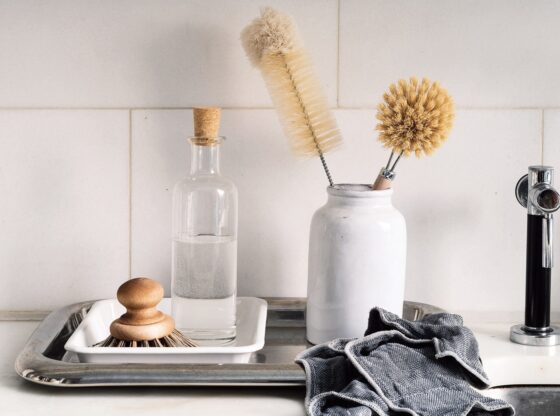
By Hendre’ Barnard, Training and Marketing Manager
Distillique Beverage (Pty) Ltd.
https://distillique.co.za
Click <Here> to see more of Hendre’s articles.
Once you have purchased or built a still, the urge to set it up and immediately start using it is great, but there are a couple of steps you need to follow first.
Any metal manufacturing process leaves a residue of manufacturing oils on the item manufactured, and these oils (and other residue) can negatively impact on your distillate and spoil it.
The following steps will ensure a better first result during distillation.
STEP 1 – Wash the Still
Take all components of your still, especially the copper (this includes the Copper Mesh of the Adjustable Reflux Column Stills) and wash it with a Sunlight Liquid (dishwashing liquid) solution.
Be liberal with the use of the detergent as it will take off most (if not all) of the residual manufacturing oils.
Rinse thoroughly to make sure you leave no soap residue on or in the still (especially in the condenser).
NOTE: Inside many Copper Alembic Still Boilers, close to the top where the rivets are, you will notice a greenish paste applied to the inside of the joint.
It is VERY important that you do NOT remove this past or scrub it out.
It has a strong aroma (linseed) and bad taste, which will be removed during the cleaning run and sacrificial run, and over time the paste will dissipate, but if you scrub it off, the still will leak.
STEP 2 – Steam Clean
Fill your still about 50% with water, seal it up, and bring it to a boil.
Leave the condenser water off in the beginning until steam starts coming out of the distillate outflow.
Let it run for 3 to 5 minutes, before turning on the condenser water.
Let the run continue until you recover about 25% of the water you placed inside the boiler.
Turn off the gas or element and let the still cool down before opening and rinsing out.
If you smell linseed oil or see it in the distillate, do not be worried – that is normal.
STEP 3 – Vinegar Run
Fill your still with 750ml of white spirit vinegar, and 2 litres of water, for every 5lt of capacity.
Bring the still to a boil, with the condenser water turned on, and let it run until you have recovered at least 1lt of distillate for every 5lt capacity.
Turn off the gas or element and let the still cool down before opening and rinsing out.
Ideally, wash again with detergent.
STEP 4 – Second Steam Clean
Fill your still about 50% with water, seal it up, and bring it to a boil.
Leave the condenser water off in the beginning until steam starts coming out of the distillate outflow.
Let it run for 3 to 5 minutes, before turning on the condenser water.
Let the run continue until you recover about 25% of the water you placed inside the boiler.
Turn off the gas or element and let the still cool down before opening and rinsing out.
If you still smell linseed oil or see it in the distillate, do not be worried – you should notice that it is by now much less prominent or detectable.
STEP 5 – Sacrificial Run
Your first distillation is always referred to as a Sacrificial Run, as you should not expect unaffected spirit coming out of the still the first time.
As a result, this is normally done with a Sugar Wash – cheap and easy to make, with a high percentage alcohol.
Alternatively, a solution of cheap Vodka and Water can be used – 750ml Vodka with 750ml Water per 5lt boiler capacity.
With the Sugar Wash, distill as per normal, but do not expect usable product as there may still be some contamination – if not, GREAT!!!
With the Vodka and Water solution, recover about 40% of the original volume.
Your Still is now ready to use. Keep on Distilling!


